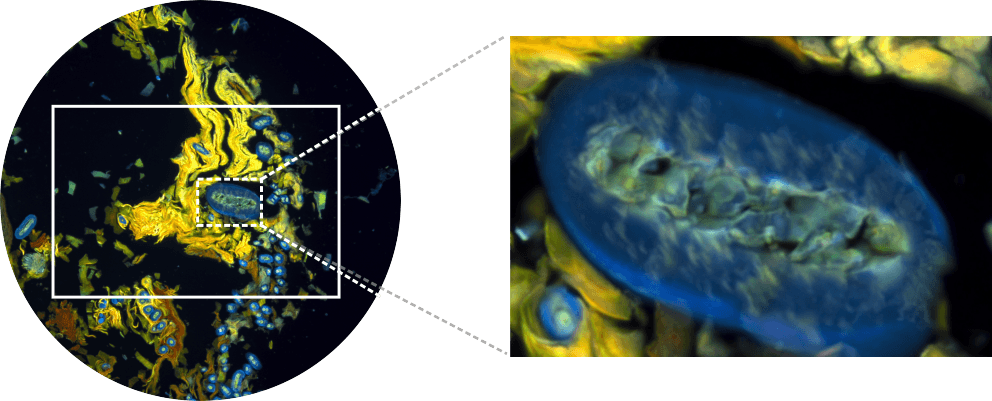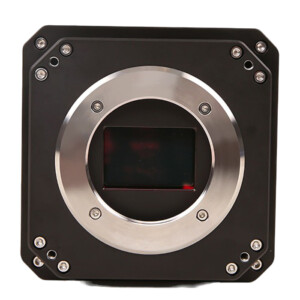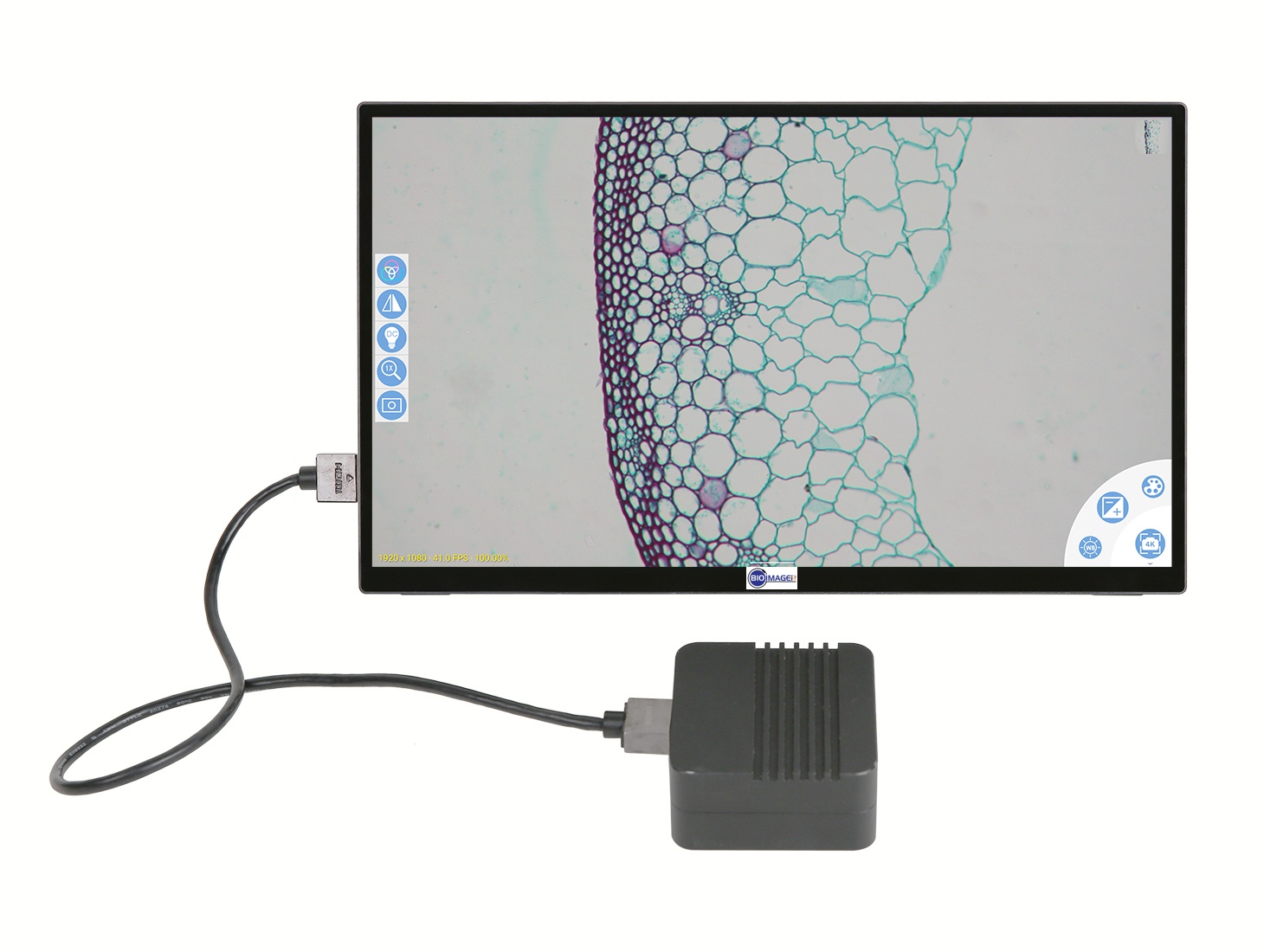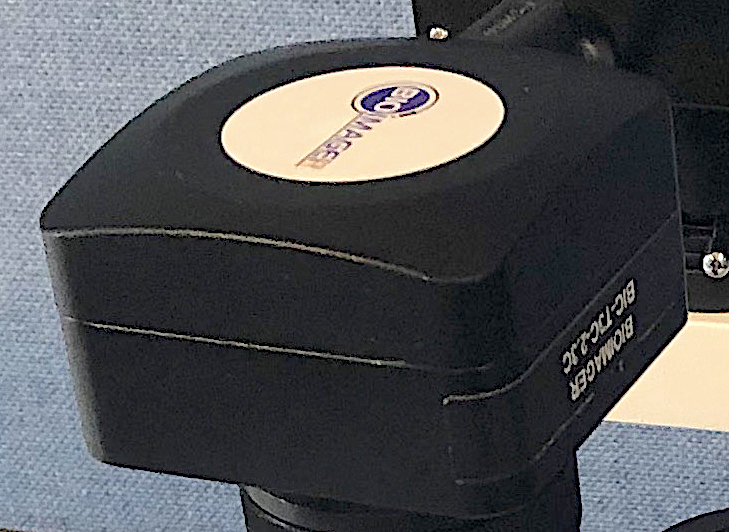High Resolution Cameras

Showing all 4 resultsSorted by latest
- NEW
Showing all 4 resultsSorted by latest
Introduction to high-resolution microscopy camera
When one pixel of camera resolution can be equal to a star in sky or a biological component in a living organism, a high-resolution camera plays the key role.
A high-resolution microscope camera is a type of camera designed to capture images of specimens at a high level of detail and clarity when viewed under a microscope. The resolution of the camera determines the level of detail that can be captured in the image.
There are several factors to consider when selecting a high-resolution microscope camera. The first is the resolution of the camera itself, which is typically measured in megapixels. Higher megapixel cameras can capture more detail and produce higher-quality images. However, it is also important to consider the resolution of the microscope’s optics, as well as the type of microscope being used, in order to ensure that the camera is able to capture the highest level of detail possible.
Other factors to consider when selecting a high-resolution microscope camera include sensitivity, dynamic range, and speed. Sensitivity refers to the camera’s ability to capture low-light images, while dynamic range refers to the camera’s ability to capture both bright and dark areas in the same image. Speed is also an important consideration for some applications, as it determines how quickly the camera can capture images.
In addition to these technical considerations, it is also important to consider the software and interface of the camera, as well as the level of customer support and technical assistance provided by the manufacturer.
Overall, a high-resolution microscope camera is an essential tool for researchers and professionals working in fields such as biology, medicine, and materials science, as it allows for detailed and accurate imaging of specimens at the microscopic level.
The further details, the better
It is important to carefully evaluate your specific needs and choose a camera that best fits your requirements. Additionally, it may be helpful to consult with our experts in the field to determine the most appropriate camera for your particular application.



